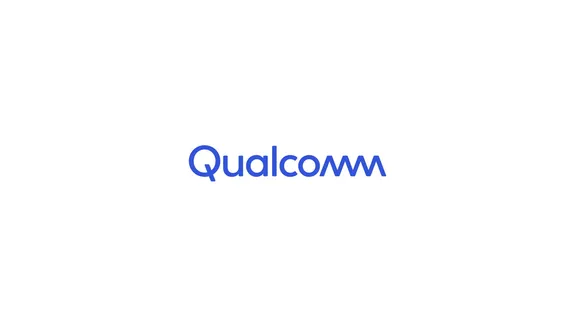
How Qualcomm makes life better with AI
10 July 2025

In June of 2015, the University of Amsterdam (UvA) and the American tech giant Qualcomm opened a joint research lab known as QUVA. Based in the Amsterdam Science Park, the lab is dedicated to understanding deep learning techniques, and is a further extension of academic research in the field. The mission of the QUVA Lab is to merge computer vision with machine learning, which will make it even easier to automatically interpret images and videos. Qualcomm, which ships more than one billion processors per year, will then use this new knowledge in improving the visual capabilities of mobile devices such as smartphones.
Arnold Smeulders, a professor of Computer Vision at UvA and part of the new research lab’s management team, has been working in the field since its earliest days in the 1970s. He says that, for the first 30 years, he had quite a bit of trouble getting people to understand why computer vision was important: “They would say, But humans can already see what it is. 'Why do you need a computer to tell you what it is?'’’

But today, the applications of computer vision are plain to see, in everything from cameras and robots, to driverless vehicles and quality assessments. “Now it’s more like the other way around: Give me a test for which vision does not play a part, and at the QUVA lab, they will carry out research into or generating automatic video summaries, or recognising an object in an image from just a single example."
The recent ascent of the computer-vision field has less to do with computing power than it does with the availability of more and more data. Around the year 2000, all of the sensors started becoming digital, all of the images were being stored and many images were exchanged online. “From that point on, you see a huge accumulation of digital data. Think of a thousand pictures from a billion people who each have a smartphone; that’s already a trillion images.” As a result, the quality of image recognition “has taken off rapidly, exponentially, so that it now has real practical implications everywhere.
Computer vision works differently than human vision. What might be important to humans in recognising or describing an image, such as someone’s eyes, can form a relatively small and unimportant part of the image as the computer sees it. The computer also uses different strategies: when looking for a table knife, for example, it’s easier to search for a table fork (a much less common shape), as there is a great likelihood that a knife will be next to it.
Smeulders is currently researching how computers are getting better at recognising even abstract concepts, which he had initially believed would be unlikely. “Even words such as ‘democracy’ have a visual symbol in people’s heads. That’s a very abstract word, but it is still recognisable if you have enough examples." The trick is to identify what is visually present in all of the images in a certain category. “If the human and the computer both reach the same name after looking at a certain group of images, then somehow people must be must seeing what is invariably common to all of them.”
This collaboration between the UvA and Qualcomm speaks to “the long-standing tradition of research into the capabilities of computer vision,” says Smeulders.
“The fact that Qualcomm came here to start a laboratory after the acquisition of Euvision tells you that it is in their interests, otherwise they wouldn’t do it.” And it was the UvA’s role as a university in general that initially provided the foundations for a company like Euvision to develop in the first place. Independent research of that kind, says Smeulders, is “where the unexpected and the unforeseen and the unplanned directions are more likely to come from.”